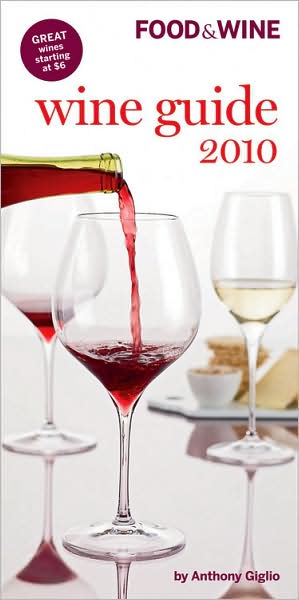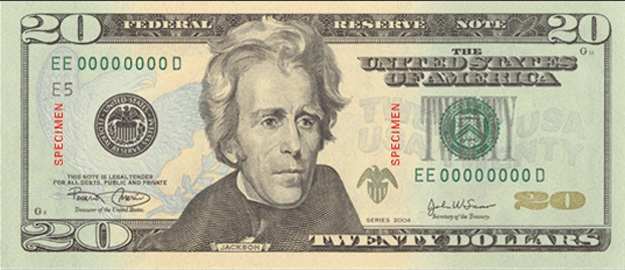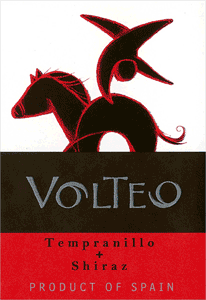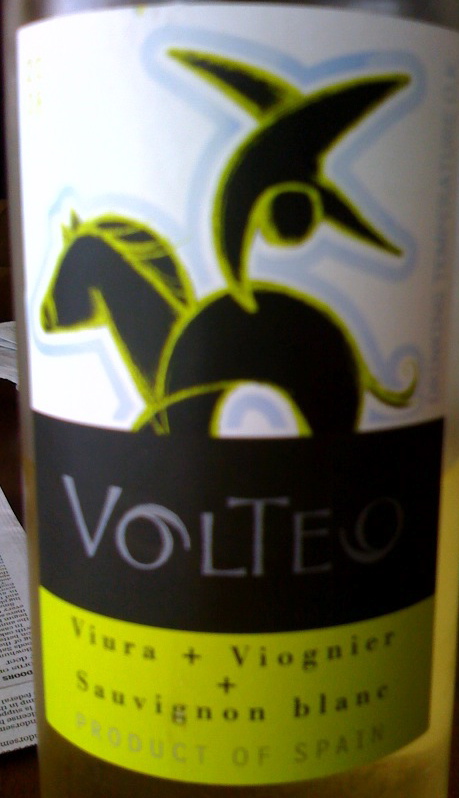Here’s an interesting post from Randall Grahm on the Been Doon So Long blog titled “Chick Vit or What Do Women Want (in their Wine)”. While the post starts out with the question of whether his wines might appeal more to women than men, Randall covers lots of interesting ground (as usual). Worth a full read, but my favorite bit is this:
Maybe in some of my wines the standard signifiers of “quality,” if not missing, are at least perhaps a bit occluded.12 What actually is “quality” in a New World wine? I think that one would be hard pressed to insist that it is authenticity or trueness to its Platonic essence, because likely there is no such Platonic essence, especially if the wine does not come from a singular vineyard, and that vineyard is not farmed in such a way to optimally express its unique character. I believe that all of us hold some sort of template in our brains as far as what constitutes “quality” and what provokes our interest in a particular wine; likely we respond to wine in ways analogous to other sensual stimuli. Perhaps wine affects us a bit like music does, though its balance and logic does not have the same kind of temporal sequencing. With wine the elements are initially apprehended all at once in a sort of trumpet blast and then slowly, almost imperceptibly they shape-shift and unfold with time. Most people, at least us Westerners, are attuned to tonal music, with a recognizable structure and a predictable, inevitable logic; there is satisfaction and resolution when the melody returns to the tonic, a harmonic resonance of a few key elements. In wine maybe these elements are wood, fruit, tannin and minerals (though nobody really knows what this last category really means). Withal, I would suggest that these flavor elements cannot simply be present but they need to be organized in such a way that suggests that they represent something. Put another way, in a vin de terroir, the unique qualities of the site are driving the bus, in a vin d’effort, a winemaker with a strong stylistic vision is driving the bus. But somebody’s driving.
By the way, it you’re not following him on Twitter, fix that.
 The last line — “And know me, For I am ZINFANDEL” — reminds me of an uber-geeky reference from my high school days. In the book Magician: Master by Raymond E. Feist, the main character Pug/Milamber (if you haven’t read it, it will take too long to explain why he has two names) goes into a fit of rage over an injustice he is witnessing. Just before he lays waste to everyone and everything in sight with his magical powers, he launches into a scathing monologue that ends with…
The last line — “And know me, For I am ZINFANDEL” — reminds me of an uber-geeky reference from my high school days. In the book Magician: Master by Raymond E. Feist, the main character Pug/Milamber (if you haven’t read it, it will take too long to explain why he has two names) goes into a fit of rage over an injustice he is witnessing. Just before he lays waste to everyone and everything in sight with his magical powers, he launches into a scathing monologue that ends with… I picked up the
I picked up the 

